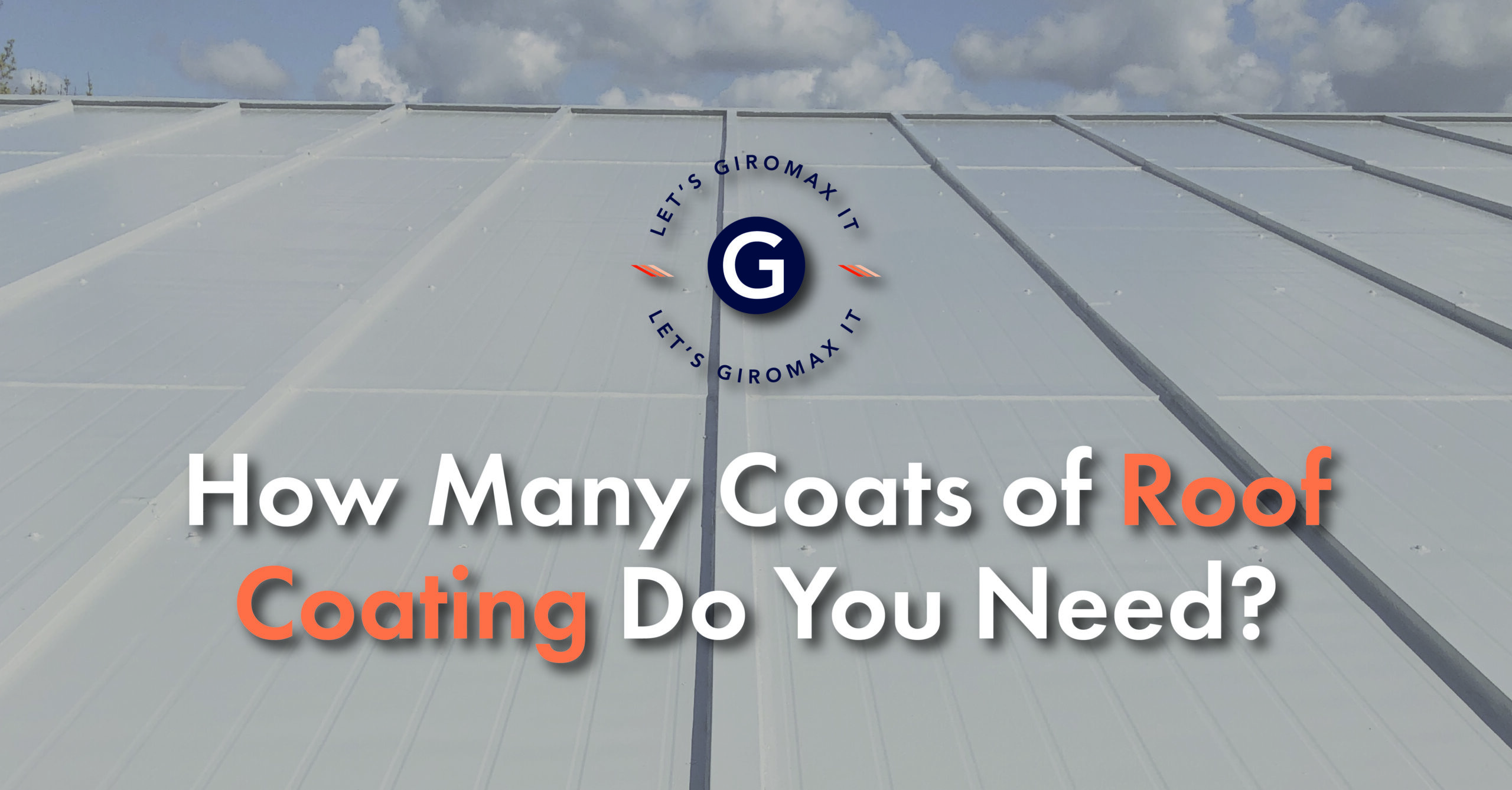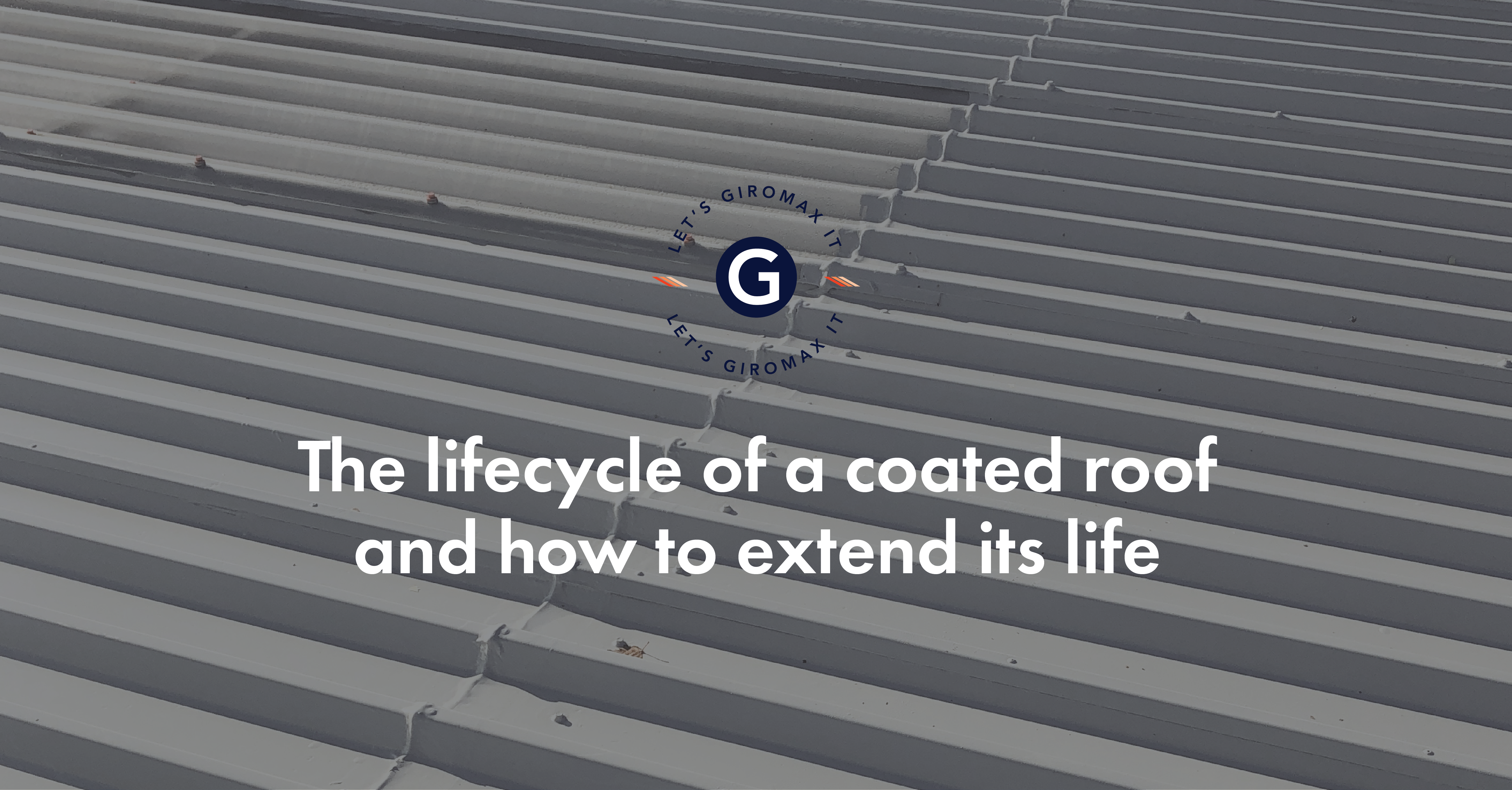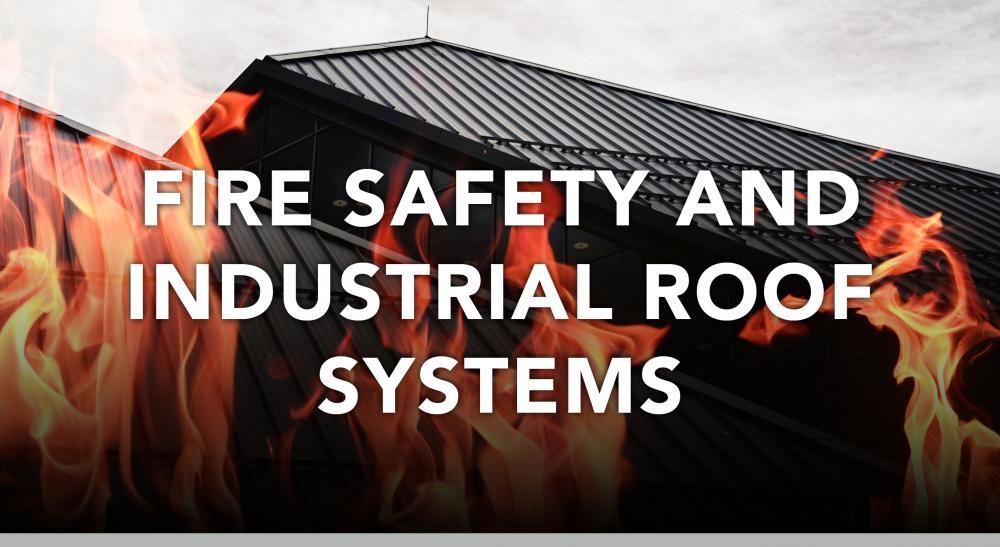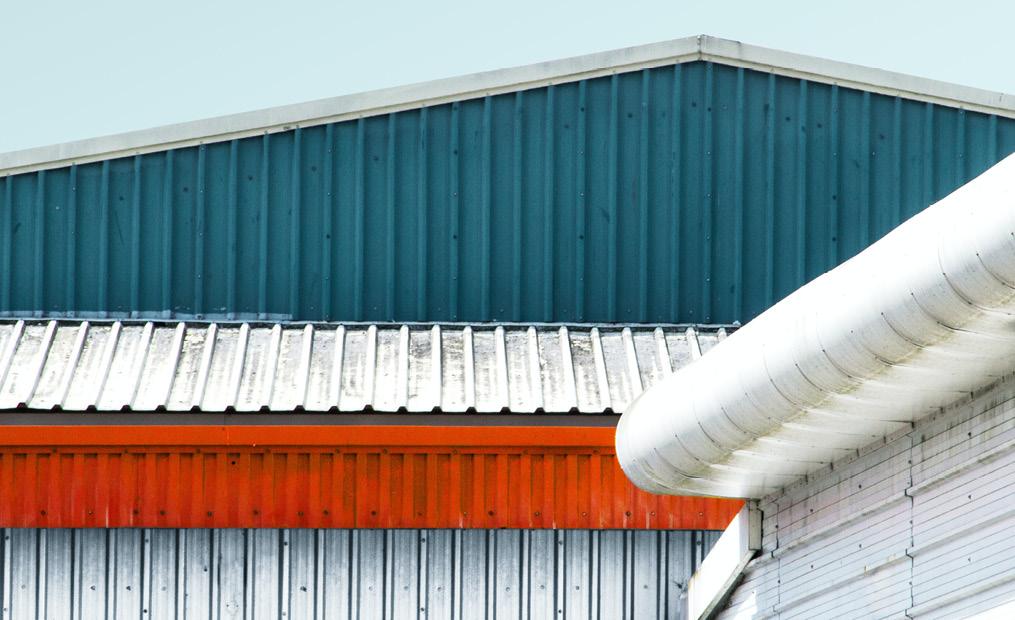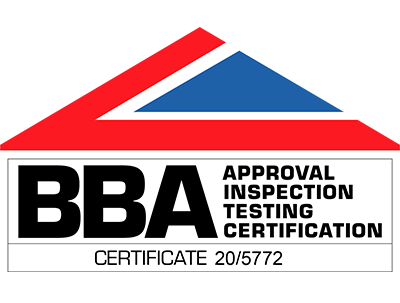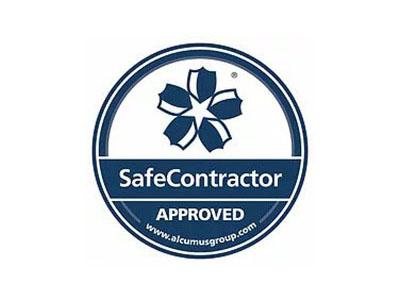How Many Coats of Roof Coating Do You Need?
Wondering how many coats of roof coating you need? Learn about primer, base, topcoats & application best practices for lasting roof protection.
If you’re planning a roof refurbishment or repair, one of the most common questions is: how many coats of roof coating do I actually need? While it might seem like a straightforward query, the answer depends on your roof’s condition, the coating system in use, and your desired level of protection. In this post, we’ll break down everything you need to know – from understanding each coating layer to calculating quantities and applying best practices.
Understanding Roof Coating Layers: Primer, Base, & Topcoat
A professional-grade roof coating system typically involves much more than a simple lick of paint. And each layer matters, here’s why:
- Primer: Prepares the surface and ensures optimal adhesion for the additional coats. It seals porous substrates and supports long-term performance.
- Base Coat: Provides the bulk of coverage and helps fill surface irregularities. It adds structure and thickness to the coating system.
- Topcoat: Offers UV stability, weatherproofing, and a protective barrier against pollutants, rain, and temperature extremes.
Together, these layers create a resilient system, with Giromax® coatings capable of protecting your roof for up to 20–25 years when correctly applied.
Why Two Coats Are Standard (but Giromax Roofcoat only needs One Coat)
Most high-performance systems are designed around a two-coat application (plus primer where required). Here’s why:
- Building Movement: Thermal expansion and contraction place stress on coatings. Thicker systems are more elastic and less likely to crack or split.
- Weathering & Oxidation: Prolonged exposure to sun and rain gradually degrades coatings. A thicker barrier slows this process.
- Surface Condition: Older or more porous roofs often require additional coats to achieve the desired level of coverage and durability.
In cases where roofs are particularly aged, rusted, or uneven, an extra coat may be needed for optimal performance and full surface protection, by consulting with experts – like our trained technicians, and following their guidance you can ensure application is fit for your unique project.
Calculating How Much Coating You Need
Calculation is key to avoiding waste – or worse, running short mid-project. By following these steps, you can calculate accurately how much coating you need:
- Measure Your Roof Area: Include all pitches, upstands, and parapets. Don’t forget to factor in overlaps and flashing zones.
- Check Coverage Rates: Most coatings cover around 5–6 m² per litre per coat. Always check the product’s datasheet.
- Multiply by Number of Coats: For two-coat systems, simply double the area. Add around 10% extra for overlaps, patching, and absorption into rough or aged substrates.
- HOWEVER – This is not an exact science! Calculating the amount of product needed depends on the roof pitch, sheet profile, additional areas such as parapets, ridges etc. you should also build in some level of wastage.
Surface Preparation & Application Best Practices
Even the best coating won’t perform if the prep is poor, that’s why it’s always best to work with expert suppliers and. contractors. Here’s what to keep in mind:
- The Surface Needs to be Thoroughly Cleaned: Pressure-wash to remove dirt, debris, grease, and old flaking paint.
- Repair any Damage: Patch holes, fix corrosion, and seal any leaks before coating.
- Adhesion Testing: Especially important on unknown or patchy substrates.
- Use the Right Tools: Depending on the system, application can be via brush, roller, or spray. Ensure uniform coverage and sufficient drying time between coats.
Giromax® Roof Coating Systems: Recommended Coats & Why It Matters
At Giromax®, we design systems to perform at their peak with a full primer plus topcoat application or a single-coat system (for example, Giromax® Roofcoat) depending on your specific project needs.
Our solutions are:
- BBA Approved and backed by a 25-year material guarantee
- Proven to outperform alternatives in UV protection, corrosion resistance, and weather durability
- Supported by QUV testing currently at 16,000 hours (160 years) of accelerated exposure
Whether you’re treating a whole roof, repairing cut-edge corrosion, or protecting gutters, we’ve got a product for every surface.
Conclusion: So, How Many Coats Do You Really Need?
In most cases, two coats (plus primer where needed) is the gold standard. It offers the best balance of protection, longevity, and cost-effectiveness. However, older, damaged, or porous roofs may benefit from an additional coat.
If you’re unsure, it’s always best to speak to a professional. Our Giromax® experts are on hand to help you calculate the exact quantity and system required for your project.
Get updates from us
Sign up to our newsletter to receive all the latest news and insights from Giromax Technology.
Subscribe to NewsletterRelated articles
The Lifecycle of a Coated Roof
What is the typical lifecycle of a coated roof? Depending on the substrate, structure and the type of coating, the...
Fire Safety and Industrial Roof Systems
Industrial roof fires may not always attract the same attention-grabbing headlines as those affecting domestic buildings, but the consequences can...
The History of Cladding: Metal Roofing
Modern metal roofing has become a familiar sight in this country, thanks to its strength, durability, weather resistance and ability...

